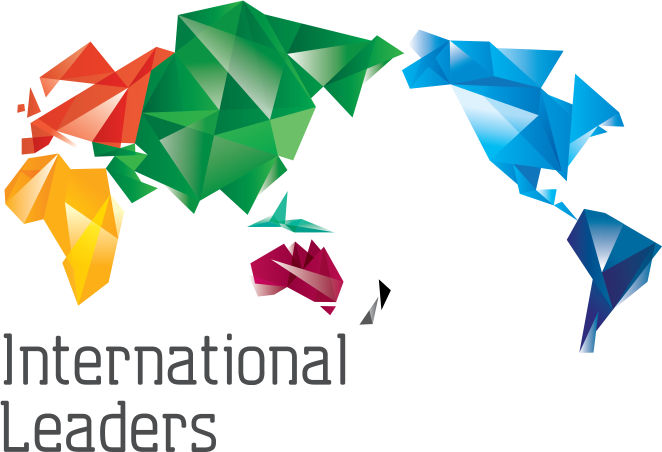Best Practice Communication: the key to a thriving culture
Ben Watts, CEO - wattsnext

In today’s fast-changing business landscape, effective communication is more critical than ever. At wattsnext, we’ve seen firsthand how economic uncertainty, hybrid work challenges, AI-driven industry changes and rapid technology advancements are creating uncertainty and fear. This is leading to business owners and senior executives becoming overwhelmed and we are seeing more communication breakdowns in SMEs than ever before. Without clear and structured communication, cultures crumble, especially during uncertain times and rapid change.
Communication will make or break your culture
We (wattsnext) conduct annual anonymous surveys with our clients and in almost all reveal that communication is a
consistent challenge for businesses. Over the past six months this has been trending up and it appears employees are looking for they line
managers to step up! Excellence in communication is an ongoing pursuit, never fully perfected, but with the right systems and training,
significant improvements can be made. And the exciting news is it doesn’t take a massive investment of time nor money!
“The single biggest problem in communication is the illusion that it has taken place.”
–
George Bernard Sha
Bridging the gap between instincts and effective people management
Business owners and senior executives rarely set out on their business journey with a goal to manage people. In my experience one of the
missing ingredients when they evolve into people managers is communication. Based on my experience employees need regular feedback, clear
expectations, and opportunities to provide updates on their progress to be successful. Unfortunately, most line managers address
communication differently and often forget their critical role of ‘communication conduit’ up and down an organisation’s hierarchy.
“Wherever there is a void in communication, negativity will fill it.”
– Jon Gordon
The communication methodology that builds trust
For communication to be truly effective, it should follow a simple methodology of the 4 x C’s:
- Cadence – Regular, predictable interactions, I suggest weekly, scheduled, and formal meetings
- Consistency – All line managers following the same process and agenda.
- Clarity – Setting expectations, eliminating confusion, and removing roadblocks.
- Consequence – Both line managers and employees are accountable and are formally disciplined for non-compliance.
The best practice communication framework
From a business owner and HR best practice perspective, you can streamline communication and drive effectiveness by building a simple communication framework. These are the five key touch-points to ensure communication flows:
- Weekly 1:1 Meetings – The most critical communication tool, empowering employees, and line managers alike.
- Monthly Manager Meetings – Alignment and accountability for managers.
- Quarterly Board Meetings – Strategic direction and oversight.
- Bi-Annual Performance Reviews – Structured feedback, growth opportunities and development.
- Annual Anonymous Surveys – Find the blind spots and honest insights into the company culture and employee engagement.
Why weekly 1:1s matter
A structured 1:1 meeting is the centrepiece of communication. The employee owns the meeting and should be allowed to speak 80% of the time, while the manager provides top-down updates and ensures clarity. Key agenda points include self-assessment, red flags, feedback, and three actionable takeaways for follow-up. The communication methodology applies; these should occur weekly, a standard agenda followed, have preparation from both parties clear, accountable outcomes and managers practice active listening!
Commonly, I hear managers say, ‘we don’t need official 1:1’s, I have an open-door policy, and we talk daily’. And my answer is simple, this is not sufficient, and your communication framework is only as good as its weakest link! Line managers should have KPI’s that measure the consistency of their 1:1’s, it is a critical part of the people management component of their role!
My final thoughts
Communication breakdowns destroy culture. Implementing a structured framework with regular check-ins and clear methodologies ensures alignment, trust, and engagement. By training line managers to be better communicators (and what that means), allows businesses to foster a thriving culture in a rapidly changing world.
Best practice communication is the glue that holds businesses together and it can be managed through a framework and taught by a methodology. Be disciplined, it’s only best practice if all parties commit and hold each other accountable.
Master communication, and you’ll you master your culture!
Should you require further information, please feel free to contact us: www.wattsnextgroup.com | e: bwatts@wattsnext.com.au

